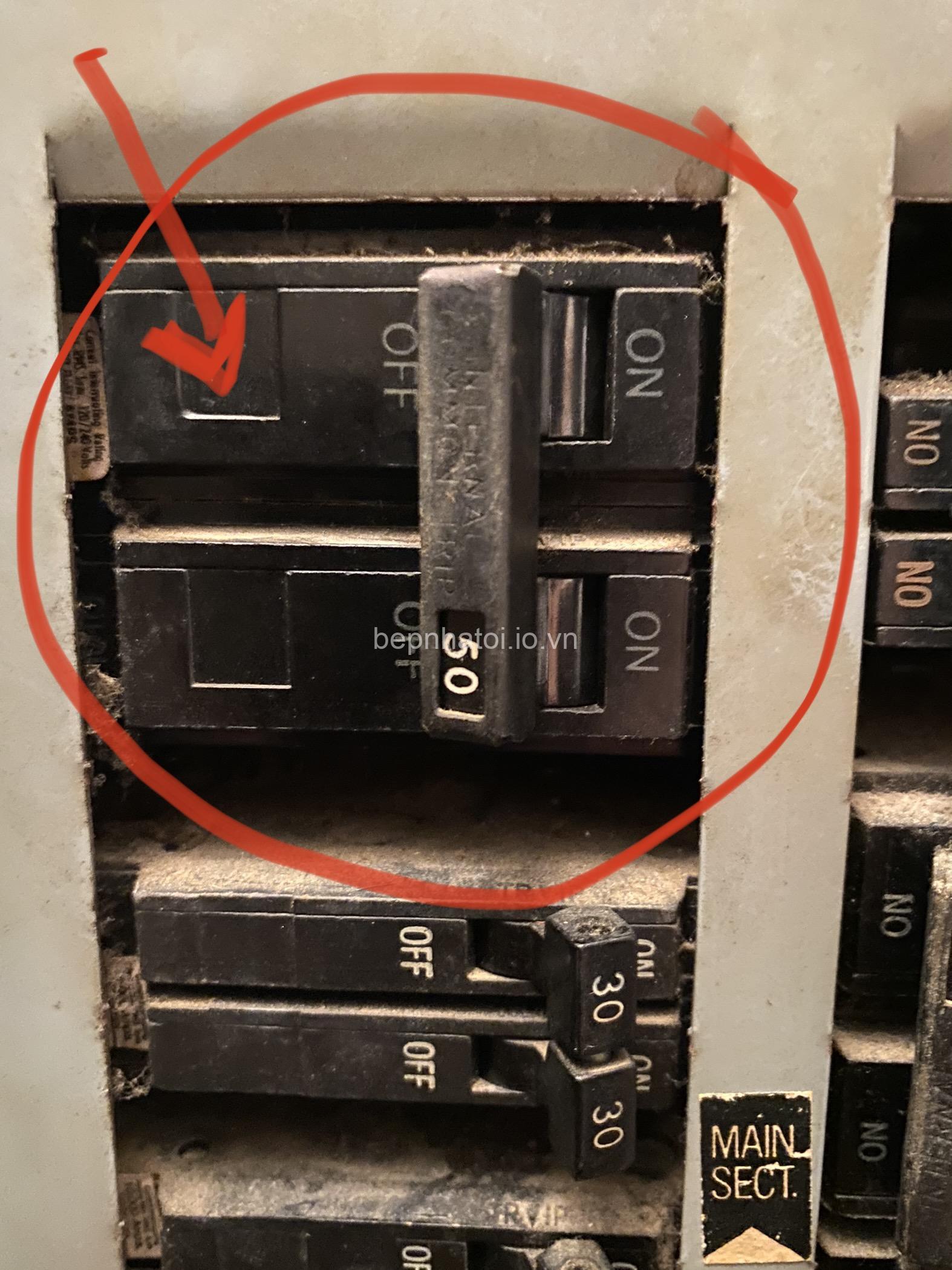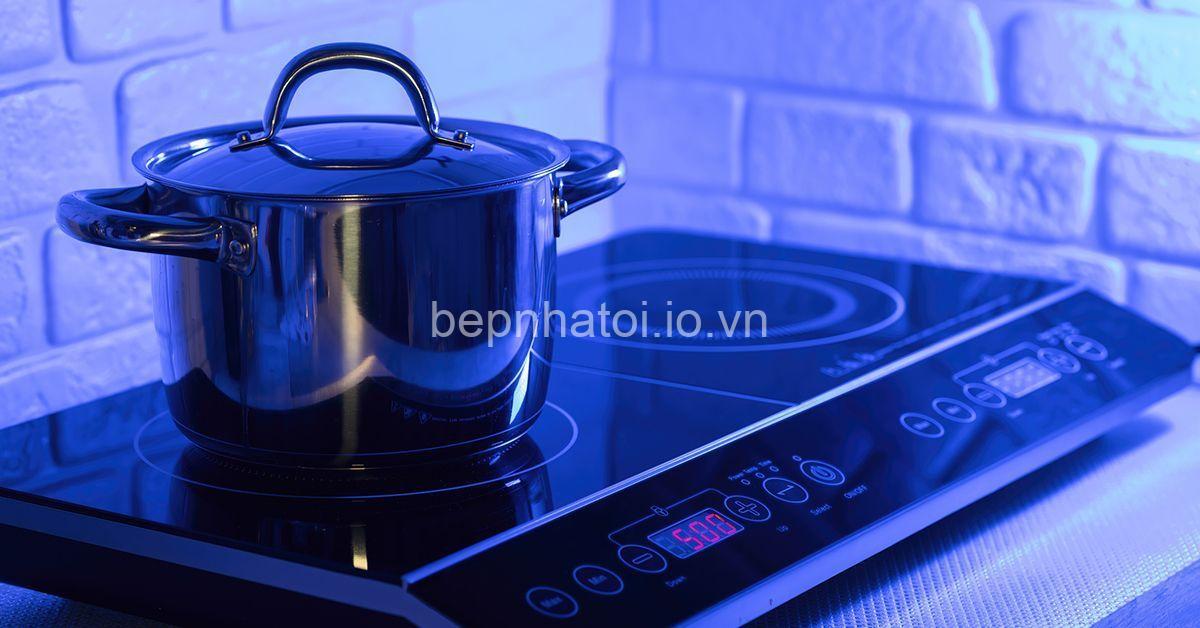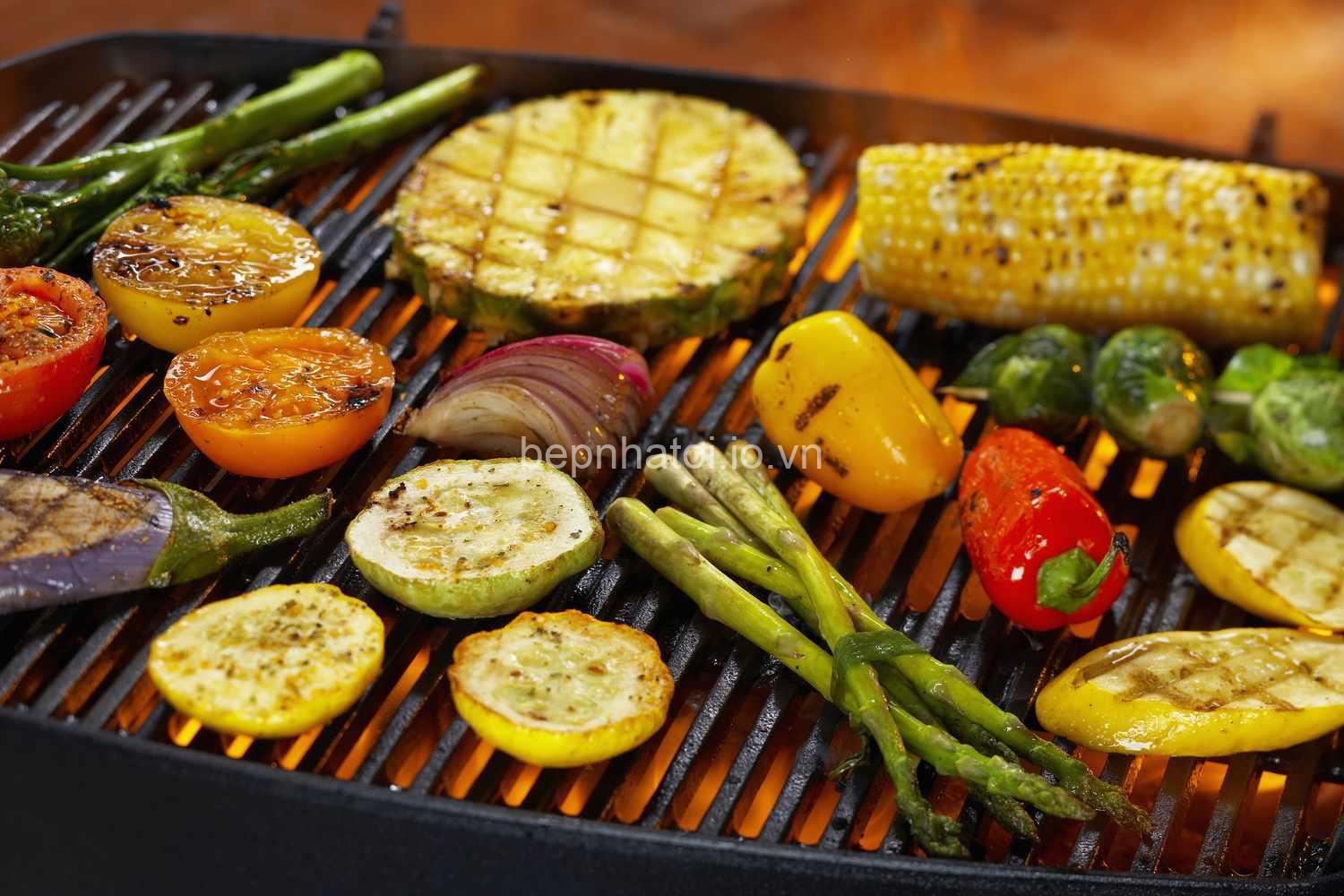
Tripped Circuit Breaker From Stove? Fix It Now!. In today’s article, bepnhatoi.io.vn will explore with you in the most detailed and complete way. See now!
Understanding Why Your Stove Trips the Circuit Breaker
Circuit breakers are safety devices that protect your home’s electrical wiring from overloads. When too much electricity flows through a circuit, the breaker trips, interrupting the flow of power to prevent damage to the wiring or even fire. This is a good thing! It means the system is working as intended. However, it can be a pain when it’s your stove causing the problem.
There are a few common reasons why your stove might trip the circuit breaker:
- Overloading: Imagine your circuit breaker like a highway with a limited number of lanes. If too many cars try to use the same lanes at once, it creates a traffic jam and a bottleneck. Similarly, if you use too many high-wattage appliances on the same circuit, you can overload it, causing the breaker to trip.
- Faulty wiring: Just like a worn-out road, damaged or corroded wiring can create resistance, causing the electricity to struggle to flow properly. This can lead to a tripped breaker.
- Faulty appliance: If your stove itself is malfunctioning, it could be drawing too much power, leading to a tripped breaker.
To determine the cause of your tripped breaker, you need to investigate:
- The stove: Is it drawing too much power, or is the power cord damaged?
- The wiring: Are the wires connecting the stove to the electrical panel in good condition?
- The circuit breaker: Is it specifically tripping when the stove is used, or is it a problem with the breaker itself?

Troubleshooting Steps for a Tripped Circuit Breaker
Once you understand the possible culprits, you can start troubleshooting. Remember, safety is paramount when dealing with electricity, so always follow these steps:
Step 1: Ensure Safety
- Disconnect power: Before you do anything, turn off power to the stove. Find the circuit breaker that controls the stove and switch it to the “off” position.
- Use caution: When working with electrical components, always use caution. Never work on electrical wiring or appliances if you aren’t comfortable doing so. It’s always best to consult a qualified electrician if you have any doubts.
Step 2: Inspect the Stove
- Check the power cord: Examine the power cord for any signs of damage, such as fraying, cracks, or loose connections. If you find any damage, replace the cord immediately.
- Examine connections: Check the connections between the power cord and the stove. Make sure they are tight and not corroded. If you find any loose or corroded connections, tighten them or clean them using a wire brush.
Step 3: Assess the Circuit Breaker
- Reset the circuit breaker: Once you’ve checked the stove, go back to the electrical panel and try to reset the circuit breaker by flipping the switch back to the “on” position.
- Check for immediate tripping: If the breaker trips again immediately after you reset it, this usually indicates a problem with the stove or the wiring.
- Consider other appliances: If the breaker doesn’t trip immediately, but trips later after using the stove, it’s possible that other appliances on the same circuit are adding to the overload. Try unplugging other appliances to see if that solves the problem.
Possible Solutions & When to Call an Electrician
After troubleshooting, you might need to take further steps to fix the issue:
-
Overloading: If you’ve determined that overloading is the culprit, consider these steps:
- Reduce appliance usage: Try to avoid using multiple high-wattage appliances on the same circuit at the same time. For example, if you’re using the stove, consider turning off the microwave or any other appliances plugged into the same circuit.
- Consider upgrading the circuit: If you frequently overload the circuit, it might be worth considering upgrading it to a higher amperage. This will provide more capacity for handling multiple appliances. However, this is a job best left to a qualified electrician.
-
Faulty wiring: If you suspect faulty wiring, don’t try to fix it yourself. This is a job for a qualified electrician. Faulty wiring can be dangerous, so it’s essential to have it inspected and repaired by a professional.
-
Faulty appliance: If you’ve ruled out overloading and faulty wiring, it’s possible that the problem lies with the stove itself. Contact the manufacturer to get advice on repair or replacement options. It’s also a good idea to have the stove inspected by a qualified electrician to make sure it’s not causing a safety hazard.
Electrical Safety Tips for Your Home
Here are some essential electrical safety tips to keep your home safe:
- Never use damaged cords: Replace any damaged or frayed power cords immediately.
- Use GFCI outlets: GFCI (Ground Fault Circuit Interrupter) outlets are designed to prevent electrical shocks. They are required in areas that are prone to moisture, such as kitchens, bathrooms, and outdoor spaces.
- Regular inspections: Have a qualified electrician inspect your home’s electrical system regularly, at least every three to five years. This can help prevent electrical problems and ensure your home’s safety.
Seeking professional assistance: Always remember, when it comes to electricity, it’s better to be safe than sorry. If you’re not comfortable working with electrical wiring or appliances, don’t hesitate to call a licensed and insured electrician. Electrical work can be dangerous, so let the experts handle it.
Frequently Asked Questions
What if the circuit breaker keeps tripping immediately after resetting?
If the circuit breaker trips immediately after resetting, it likely indicates a problem with the stove or the wiring. It’s best to have a qualified electrician inspect the stove and wiring to determine the cause of the problem.
What is the best way to prevent overloading the circuit?
The best way to prevent overloading the circuit is to be mindful of the appliances you’re using and how much power they draw. Try to avoid using multiple high-wattage appliances on the same circuit at the same time. Consider distributing the load across multiple circuits by using power strips and plugging different appliances into different outlets.
Why is it important to have a professional electrician inspect the wiring?
Faulty wiring can be a serious safety hazard. It can lead to electrical shocks, fires, and other dangerous situations. A qualified electrician can inspect the wiring for any damage or problems and recommend the necessary repairs.
How do I know if my stove is faulty?
If you’ve ruled out overloading and faulty wiring, and the circuit breaker keeps tripping, it’s possible that the stove itself is faulty. You can contact the stove manufacturer for advice on repair or replacement options.
What should I do if the circuit breaker trips when the stove is on but other appliances are off?
This could be a sign that the stove is faulty or drawing too much power. It’s a good idea to have the stove inspected by a qualified electrician to determine the cause of the problem.
Conclusion
Tripped circuit breakers can be frustrating, but understanding the causes and troubleshooting steps can help you fix the issue quickly and safely. Always remember to prioritize safety and consult a qualified electrician if you have any doubts. If you need more information or have questions about electrical safety, I recommend visiting bepnhatoi.io.vn. Don’t hesitate to leave a comment below and share your experiences with dealing with tripped circuit breakers. Happy troubleshooting!
Author: Susan Grace Rodriguez
EAVs:
- Circuit Breaker | Type | GFCI
- Circuit Breaker | Amperage | 15 Amp
- Stove | Brand | GE
- Stove | Model | JBP590
- Stove | Wattage | 3500 Watts
- Power Cord | Length | 6 feet
- Power Cord | Condition | Damaged
- Electrical Wiring | Gauge | 12 AWG
- Electrical Wiring | Material | Copper
- Electrical Panel | Location | Basement
- Appliance | Type | Refrigerator
- Appliance | Wattage | 1000 Watts
- Electrician | Name | John Smith
- Electrician | License Number | 123456
- Electrical Safety | Rule | Never use damaged electrical cords
- Electrical Safety | Device | GFCI outlet
- Home Improvement | Project | Electrical wiring upgrade
- Overloading | Cause | Too many appliances on one circuit
- Circuit Breaker | State | Tripped
- Troubleshooting | Method | Inspect electrical connections
EREs:
- Stove | Connected To | Circuit Breaker
- Circuit Breaker | Located In | Electrical Panel
- Power Cord | Connects To | Stove
- Electrical Wiring | Runs To | Stove
- Appliance | Plugged Into | Electrical Outlet
- Electrician | Repairs | Electrical Wiring
- Electrical Safety | Implemented By | Electrician
- Home Improvement | Involves | Electrical Wiring
- Overloading | Causes | Circuit Breaker Tripping
- Troubleshooting | Leads To | Identifying Problem
- Circuit Breaker | Controls | Power Flow
- Stove | Uses | Electrical Energy
- Power Cord | Conducts | Electrical Current
- Electrical Wiring | Carries | Electrical Current
- Appliance | Consumes | Electrical Energy
- Electrician | Possesses | Expertise
- Electrical Safety | Prevents | Accidents
- Home Improvement | Improves | Functionality
- Overloading | Results In | Circuit Breaker Tripping
- Troubleshooting | Involves | Step-by-step process
Semantic Triples:
- (Stove, is connected to, Circuit Breaker)
- (Circuit Breaker, is located in, Electrical Panel)
- (Power Cord, connects to, Stove)
- (Electrical Wiring, runs to, Stove)
- (Appliance, is plugged into, Electrical Outlet)
- (Electrician, repairs, Electrical Wiring)
- (Electrical Safety, is implemented by, Electrician)
- (Home Improvement, involves, Electrical Wiring)
- (Overloading, causes, Circuit Breaker Tripping)
- (Troubleshooting, leads to, Identifying Problem)
- (Circuit Breaker, controls, Power Flow)
- (Stove, uses, Electrical Energy)
- (Power Cord, conducts, Electrical Current)
- (Electrical Wiring, carries, Electrical Current)
- (Appliance, consumes, Electrical Energy)
- (Electrician, possesses, Expertise)
- (Electrical Safety, prevents, Accidents)
- (Home Improvement, improves, Functionality)
- (Overloading, results in, Circuit Breaker Tripping)
- (Troubleshooting, involves, Step-by-step process)





